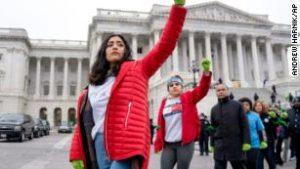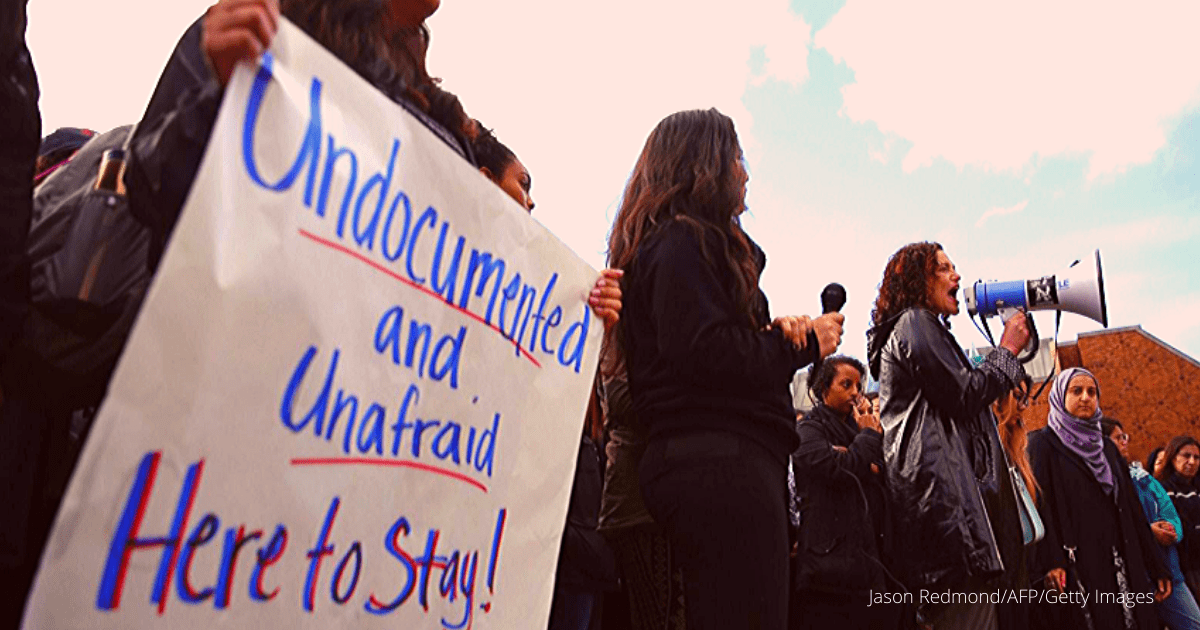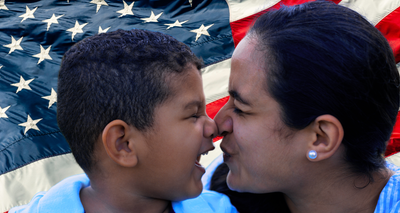DACA college students are once again receiving the short end of the stick by being left out of the Coronavirus Aid, Relief, and Economic Security Act which will issue COVID-19 emergency relief funds to colleges and universities and their students.
Education Secretary Betsy DeVos of Trump’s administration delivered the news that $63 billion in COVID-19 emergency funds will be released to colleges and universities to then distribute at the school’s administration discretion to students of legal U.S. citizen status.
The Students Most Impacted By COVID-19
DACA Deferred Action for Childhood Arrivals also known as ‘Dreamers’ were brought into the U.S. illegally as children. Under the Trump administration, this segment of society have dealt with uncertainty regarding their status as threats to pull the DACA program during Trump’s years lingered. This last year 2019, with help from organized labor groups – Latino and Asian-Americans, the U’S’ approved legislation which would keep an estimated two million ‘Dreamers’ and TPS (Temporary Protection Status) beneficiaries in the United States.
What the passing of the Dream and Promise Act did was acknowledge that immigrants were hard-working, law-abiding and tax-payers who deserve a shot of the American Dream and that included achieving higher education. In The Atlantic’s ‘What DACA’s End Could Mean for Colleges’, college leaders spoke up in repeal of the end of the DACA program.
Had it not for the Dream and Promise Act passing, college and universities would have been impacted with lower tuition revenue and low enrollment eventually effecting their government aid.
According to the Migration Policy Institute, Female DACA recipients are more likely than men to be enrolled in college (20 percent versus 15 percent).
DACA recipients ARE strong students and productive members of the workforce. It is said that immigrant children and children of immigrants excel due to the obligation and responsibility many feel to uphold their parent’s mission for a better life. A majority of those immigrants and immigrant families come from politically unstable, high crime, and poverty-stricken countries. As a result, DACA students who are brought undocumented into the United States are more likely to come from undocumented and low-income families.

Image Credit: CNN Demonstrators hold up their fists as they are arrested outside of the U.S. Capitol during an immigration rally in support of the Deferred Action for Childhood Arrivals (DACA), and Temporary Protected Status (TPS), programs, on Capitol Hill, Wednesday, Dec. 6, 2017, in Washington. Also pictured is Rep. Luis Gutierrez, D-Ill., third from left. (AP Photo/Andrew Harnik)
Under the Trump Administration’s COVID-19 emergency relief fund DACA students will not be eligible to receive Federal stimulus checks and in addition, students may be out of jobs due to the COVID -19 pandemic.
These recent developments have raised questions about DACA students and the financial strains – unable to provide for themselves and contribute to their families – caregiving, food and shelter.
Undocumented immigrants and DACA recipients aren’t allowed to access federal financial aid. DACA students are typically expected to pay out-of-pocket tuition and out-of-state tuition on their own or tapping into private donor funds.
With colleges and universities moving their curriculum online – it is possible DACA students do not have the necessary devices to participate. The lack of digital access adding another layer to the barriers of DACA students’ educational pursuits.
We polled our BoldLatina readers to see how they were coping during this crisis, but specifically to gain DACA college student perspective and to share how they felt. One reader told us,
“It’s very upsetting! Our emotions health are struggling because we don’t have jobs and the educational system fails us again.” said an anonymouse female student – Chicanos Studies undergraduate at California State University, Fullerton – Class of 2020 and pursuing her Master’s in Psychology
The Revenue-Makers of Colleges and Universities
Low-income and DACA recipients drive up an educational institution’s share of federal aid money. However, are ineligible for government issues COVID-19 emergency funding.
With the demographics of the United States having shifted toward a ‘browning’ of America – Latino/Black and other underrepresented groups make up the college and university student body. Of this, a low-income segment is reliant aside from scholarships, on Pell grants, government assistance to finance higher education.
Colleges and universities are dependent on enrollment numbers that directly affect their ability to gain state and federal sponsored aid.
How Is The COVID-19 Aide To Be Used
Under the Coronavirus Aid, Relief, and Economic Security Act, a portion will bail out colleges and universities, these institutions are them to assist students economically affected by the coronavirus.
Colleges and universities will be able to use these funds to offset costs associated with the pivot to online learning provided to students during state and Federal mandated lockdowns. Colleges have had to pivot to online curriculums and in the process have had to refund all student housing costs causing financial strain on institution budgets.
With colleges and universities still open for enrollment, additional government regulations will be set to ensure compliance with being qualified for funding.
What Needs To Happen For DACA students to be considered for COVID-19 emergency aid.
Just as college leaders, workforce, and organized labor groups spoke up for the passing of the Dream and Promise act – – the same advocacy will need to occur to allow DACA students to benefit from Federal emergency aid.
Will colleges and universities stand for educational equity especially during this time of the COVID-19?
Once again, the future of the United States stands to lose from immigrant participation and so will colleges and universities who rely on ever-increasing student populations.






